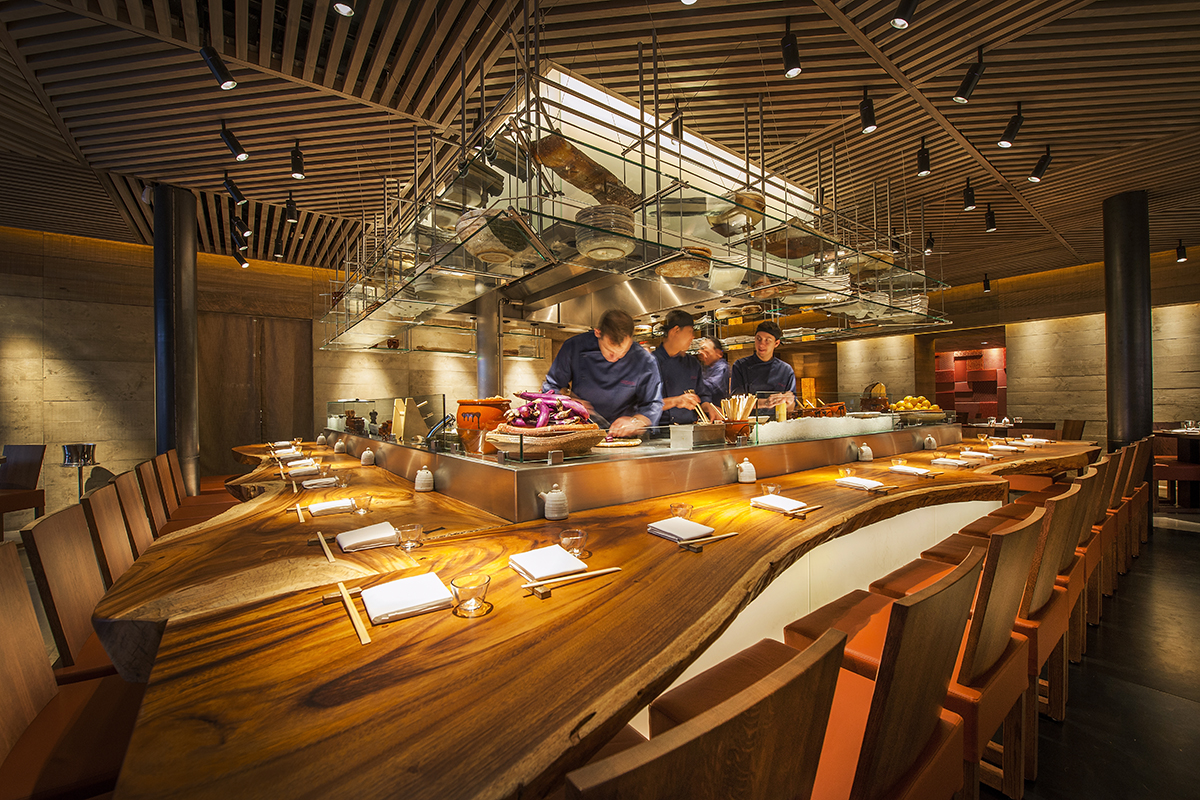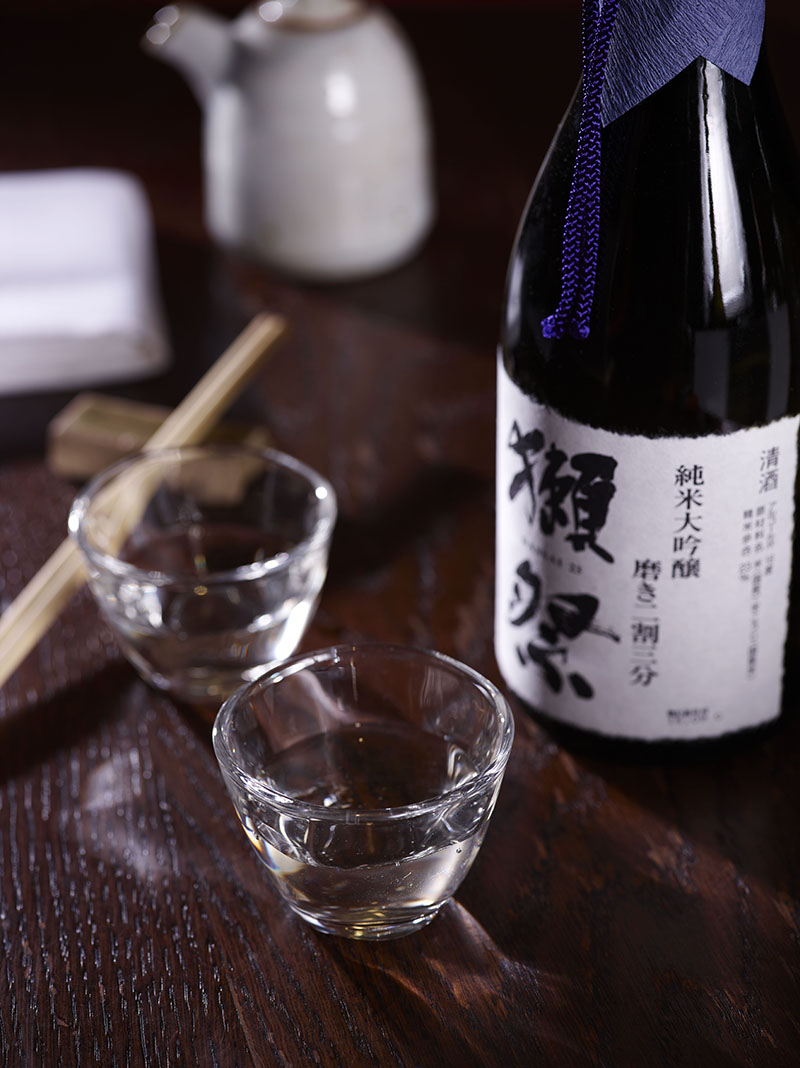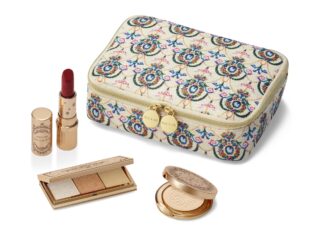This website uses cookies so that we can provide you with the best user experience possible. Cookie information is stored in your browser and performs functions such as recognising you when you return to our website and helping our team to understand which sections of the website you find most interesting and useful.
Go against the grain with London’s premium sake offerings
By Peter Dean | 6 February 2018 | Food & Drink
Entering the mystical world of premium sake, Japan’s beguiling rice wine

Previously, my experience of sake was extremely limited. The rice spirit was something I would occasionally order at a Japanese restaurant, mainly for the novelty of drinking it hot from little cups that make a whistling sound when you empty them. Then, there was the highly-prized orange sake that sat at the back of my fridge for a few years. It's fair to say that sake hadn't, until recently, garnered my attention in the same way that Japanese cuisine had, but that has changed.
The spirit is having a moment right now and a little research revealed there's a sake for any occasion, with around 25,000 varieties to choose from. The main types worth sampling are Namazake (non-pasteurised, lively and zingy), Kimoto and Yamahai (wild and 'funky'), Bodaimoto (salty and gamey), Koshu (aged and musty) and Nigori-zake (cloudy and less refined). You can also get delicious sparkling sake, which is lower in alcohol but equally flavoursome.
So why is sake suddenly so popular? The non-Japanese team behind Heavensake think they might have the answer. Their pure sake is free of additives, gluten, sulphites and added sugar. "This is a new way to experience alcohol," said Régis Camus, a celebrated champagne maker-turned-sake blender. "In fact, I will give you my mobile number and if anyone has a headache tomorrow, you can call me."
Camus was talking at a tasting of their two sakes – Junmai Ginjo and Junmai Daiginjo, which they are introducing into non- Japanese restaurants, in this case C London. We drank them alongside Italian classics with the umami of prosciutto, burrata and saffron risotto pairing well. But where to start with finding your way though the somewhat confusing world of sake? >>

Although there are some non-junmai sakes that are well worth drinking, it's best for a beginner to start with junmai sake. This is the premium stuff that accounts for about a quarter of all sake produced and is classified as such by having no brewer's alcohol added. Junmai is 'pure rice' and the more polished the grains, the purer it is. This is, of course, preferred because the higher the milling of the rice, the lighter, more refined and fruitier the flavours become. To begin your sake journey with the best of the best, sip Junmai Daiginjo, the purest category, followed by Junmai Ginjo, the second purest.
Sake can be crafted using a number of different brewing methods. The oldest practice, Bodai-moto, can be traced back to the 14th century and wouldn't be out of place in an episode of Kung Fu – plenty of sage nodding and slow movements. In fact, sake brewing is a highly skilled art that can, in more traditional breweries, incorporate mystical elements. In modern breweries, the rice milling machine is very factory-like – looking like a giant cheese grater.
To try sake in London head to ROKA – the Mayfair restaurant having a 40-strong list which includes Tatenokawa Zenith, a world first with the rice milled to 1%. Expect ultra purity and new to the restaurant in February 2018. Umu, also in Mayfair, has an amazing sake-pairing menu (and the Japanese cuisine is some of the best in town). For sake-pairing with a difference, you can sample Heavensake's Ginjo and Junmai Daiginjo (a prestige cuvée with 35% milled rice that has a strong personality and is incredibly delicate at the same time) alongside a specially- chosen Italian pairing menu at C London from 1 January. Sexy Fish is good too – particularly if you're looking for a lively atmosphere while you sip your sake. Whatever the future holds for this distinctive Japanese 'spirit of the moment', what's certain is that sake won't be hidden at the back of the fridge any longer.








